Blowing in the W Word
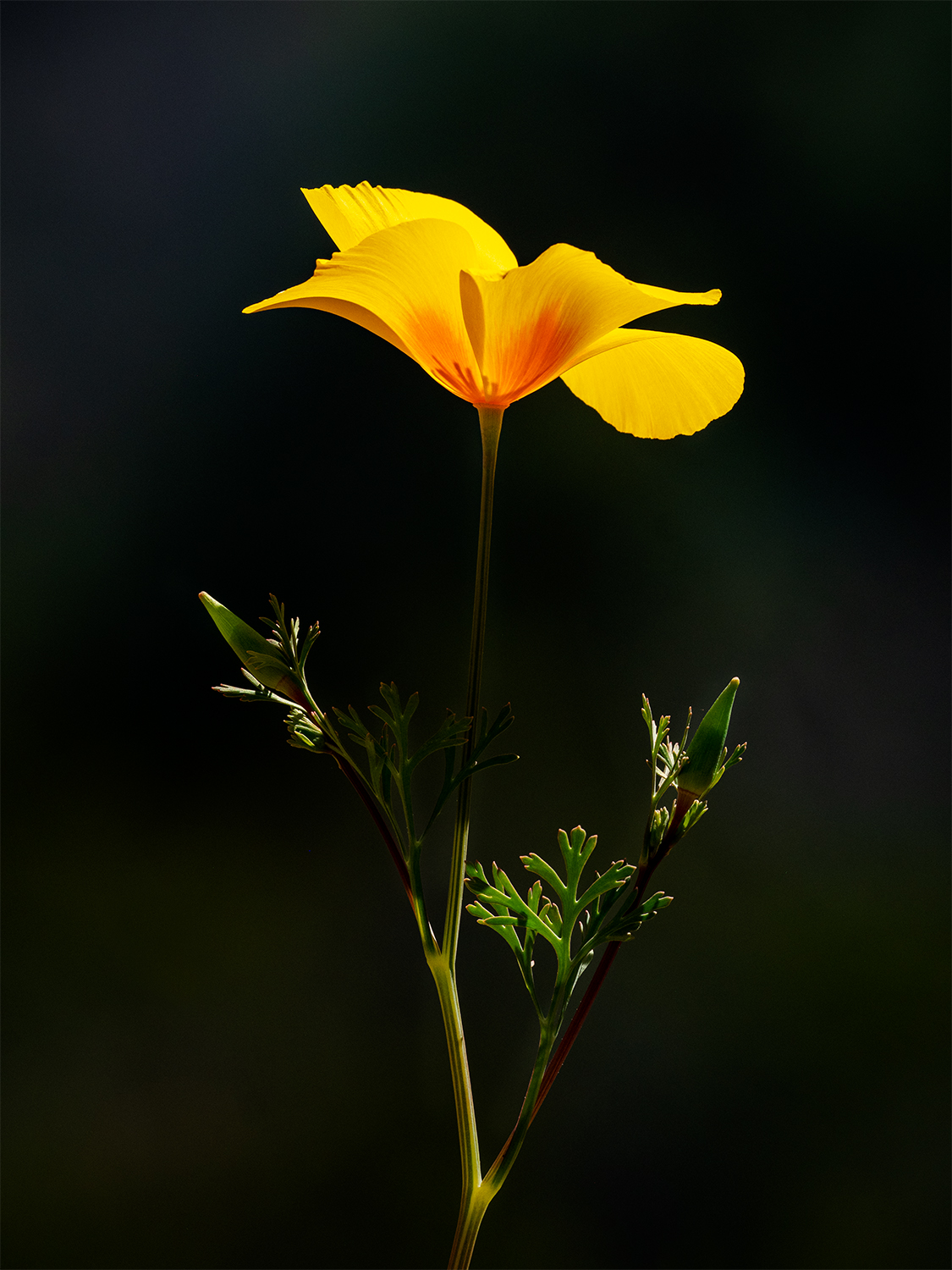
Dear Bubbles:
I’ve been out trying to shoot the wildflowers around Phoenix, but the wind is making me crazy. How do I get the wind to stop blowing the flowers around?
Getting Blown Away
Dear Getting Blown Away:
First things first: I’ve learned from river rafters that we do not speak the “W” word. If we do not acknowledge it’s existence, somehow, maybe it’ll go away and not blow rafts upstream and wildflowers to and fro. Probably not. But I’m not taking any chances by calling it’s proper name.
The W word comes often with the change in seasons, especially in the transitions from winter to spring and spring to summer. As the Earth’s deserts, mountains, rivers, and other places warm unevenly, warmer air rises and leaves behind areas of low pressure. Colder air, which causes areas of high pressure, likes to move towards the low pressure. We feel that shift and movement as the W word.
In the Arizona desert, these streams of moving air indicate the start of an exciting new blooming time. The warm spring sun encourages the Mexican gold poppies, lupines, owl clovers, brittlebushes and other flowers to show off their brilliance, making an otherwise seemingly brown, barren landscape come alive with yellows, oranges, purples, and pink. But as the plants do their happy dance in the breeze, they can also make a photographer lose her mind. I can’t tell you how many times an unfortunately timed gust has pushed my perfect little composition of a single flower right into the trash bin.
But frustration gets us nowhere. Neither does petitioning Mother Nature to make it stop. (Although I will keep trying.) The W word is a reality when wildflowers bloom. If we plan to keep ourselves out of the insane asylum—and make photographs we’re proud of—we need to figure out how to make friends with the W word. And we can! But I’m still not going to say its name…
Start by increasing your ISO speed. Depending on how fast the W word is blowing, an ISO 800, 1600, even 3200 isn’t out of the realm of reason, especially if you’re photographing in lower light like shadowed areas or on an overcast day. With earlier digital cameras, we used to avoid such high ISO speeds so as to avoid noise in our photographs, but the digital technology has progressed and improved so much that higher ISOs produce much higher quality images these days.
Increasing your ISO enables you to increase your shutter speeds which will are more likely to freeze motion. You can also widen your aperture to let more light onto your sensor. Wider apertures like f/2.8 and f/4 will not only allow for faster shutter speeds, but it can also help you create a shallow depth of field (which helps to create separation in layers which helps create a sense of depth in smaller flower scenes).
How fast a shutter speed do you need? It depends. The faster the W word, the faster the shutter speed. In a light breeze, a 1/100th of a second may do the trick. In a hurricane, 1/2500th of a second may not be fast enough. Keep bumping your ISO up as needed until you can confirm your flower remains static and in focus in Playback mode on your LCD before picking up your tripod and walking away.
If you get concerned with noise at higher ISOs, you can try a two-image multiple exposure. Put your camera on a tripod to keep the composition the same between the frames. For the first frame, use a fast enough ISO setting to freeze the blooms. For the second frame, use a slower ISO speed to record lower noise. It’s OK if the flowers move in this second frame. In fact, they likely will. Ignore it for now. In Adobe’s processing software, whether Bridge or Lightroom, open both images simultaneously using the “Load Files into Photoshop Layers” function. The images should appear stacked on top of each other in the Layers panel. Which one is on the top or bottom doesn’t matter. Using brushes, masks, selections—whatever works best for you—to reveal the frozen flowers in the low noise image by selectively blending the elements from the two layers.
Whether you shoot a single or multiple frames, compose a little wider than normal by zooming out, using a wider-angle lens, or taking a step or two back from your subject. This will give your flower(s) a little more room to move within your frame as it moves with the air. You can crop the image into a tighter composition in processing software later.
Also, set your camera to continuous shoot mode. This setting gives you the chance to make multiple images back-to-back-to-back as you hold the shutter down. (This is a common mode for photographing wildlife, people, and other moving subjects.). Wait for a lull in the wind. As soon as you feel the wind die down for even a split second, blast away! One of the frames has gotta be in focus, right? If not, try changing your auto-focus mode to AI Servo or AI Continuous. Once you lock in your auto-focus point, the camera will attempt to track the flower (or whatever point you set) as it moves in your frame. Use Manual focus only if you like the food they serve in the insane asylum.
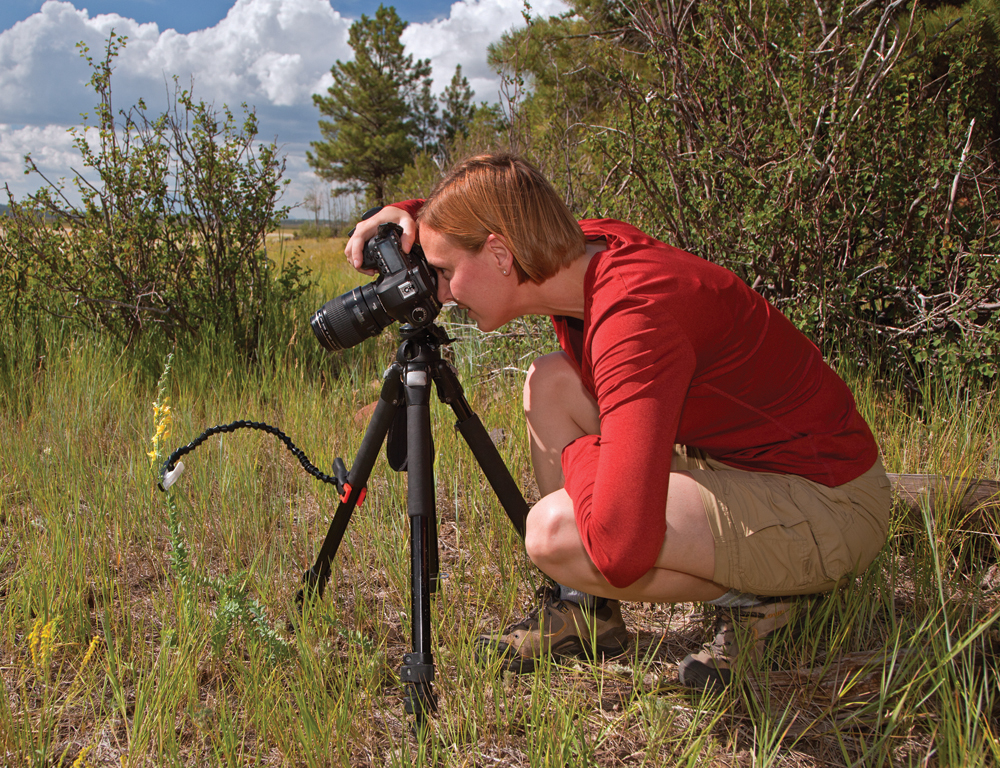
A Wimberley Plamp can help stabilize your flower during the exposure. A Plamp is a plant clamp (a conceptual blend! Hooray!) One end attaches to something strong and stable like a tripod or a fence or a wall. The other end attaches to the stem of a flower ever so delicately so as not to destroy the flower. A Plamp obviously won’t keep a field of flowers still, but it can certainly hold one, two, or even a bundle of tight-knit blooms in place. It can also hold diffusers, reflectors, and a glass of wine too. While the Plamp serves as an extra steady hand, it’s not great as a foreground or background element so be sure the device not visible in your composition as you set it up.
If you don’t have a Plamp, create a wind block around your scene by placing your camera backpack upwind from your subject. Or drape a sheet over a tripod or use a light tent to shelter your subject from the breeze. Some photographers like to construct see-through plexiglass or plastic boxes to position over and around their flowers. As you add these accessories to your surroundings, once again, be sure none of them are visible in your frame.
If none of those approaches lead to a still flower, I go to my last ditch effort: using a camera flash. Most cameras, if they have a built-in flash or the ability to host an external camera flash, default to front-curtain (or first-curtain) sync. This means the flash fires at the beginning of the exposure. The camera produces a burst of light bright enough to freeze the flower at first but then the movement of the flower that follows “overwrites” it during the rest of the exposure. Change this setting to rear-curtain (or second-curtain) sync. The camera will fire at the end of the exposure, meaning the movement will be recorded first, then the burst of flash at the end of the exposure will freeze the subject. In this latter case, you might see a halo of blur around the subject (which can look almost like a desirable Orton effect) but it’s better than the whole frame being blurred.
Sometimes we can turn the breeze into opportunities. Don’t try to freeze the motion. Let it blow! When coupled with intentional camera movement and slower shutter speeds (try 1/30th of a second or less), you can show a sense of the W word in your photograph and convey movement on purpose.
And if that doesn’t appease the W word gods (or you as a photographer), then stand on your head. Sing “Dust in the Wind” by Kansas. Have a piece of pie.
As Jimmy Dean said, “I can’t change the direction of the wind, but I can adjust my sails to always reach my destination.”
That’s true for photographers too. The most effective photographers knows what visual message he/she wishes to deliver, knows what he/she can—and can’t—control, and acts as a problem solver to deliver that message successfully. Don’t let the weather prevent you from saying what you wish to visually say during wildflower season. Chase those flowers! Be one with the W word! Go forth and create!
Be well, be wild,
Bubbles
If you liked this post, please consider supporting Dear Bubbles either through a monthly contribution through Patreon or a one-time donation through Buy Me a Coffee. Learn more about both at https://dearbubbles.com/support.
Have a question about photography, art, and/or the creative life? Need some advice? Looking for inspiration? Send your question to Dear Bubbles at colleen@colleenminiuk.com to be possibly featured in a future column post. (If you’d prefer a different display name than your real first name, please include your preferred nickname in your note.


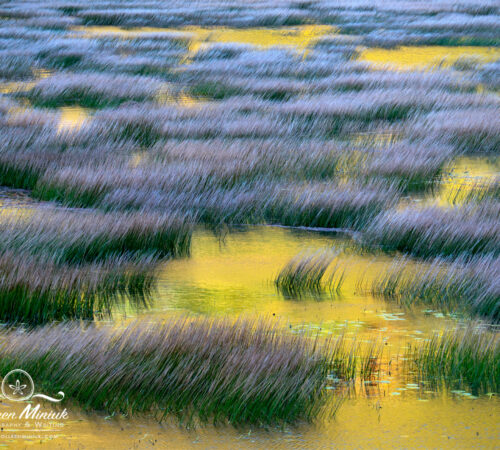
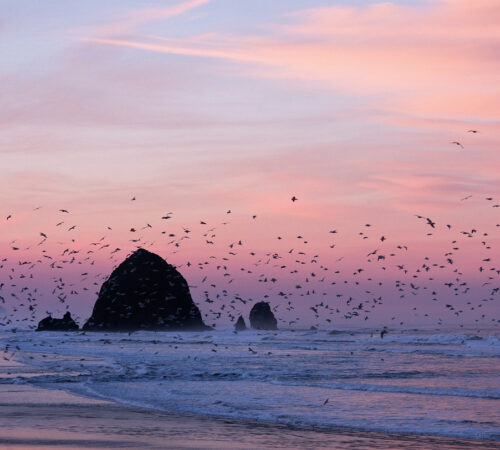
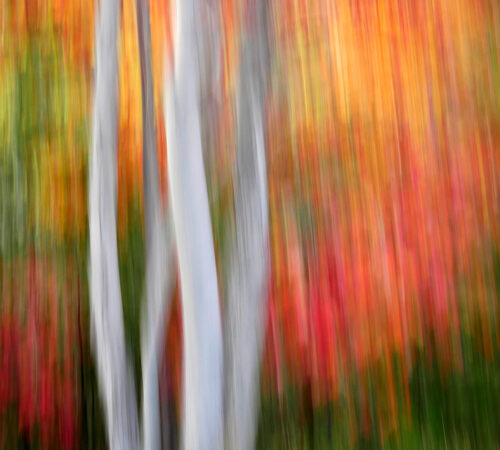
4 Comments
Barbara Canney
Thanks for that wonderful description of photographing in the W. I actually understoid it. I love that clamp too. Buying one😀
Thanks so much.
Barbara
Bubbles
Whoo hoo! I think you’ll appreciate the Plamp, Barbara–it can save a lot of sanity…thanks for reading!
Sarah Samaan
Thanks for some really great creative suggestions here!
Bubbles
Great to hear, Sarah! (It was the wine holder that did it, wasn’t it? LOL) Thanks for reading!